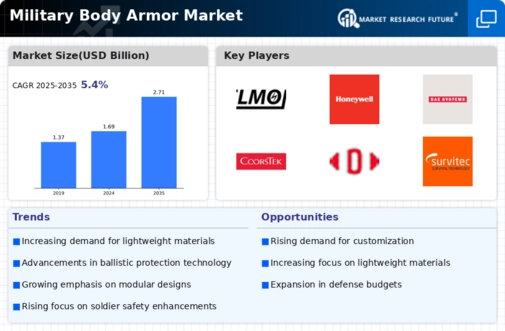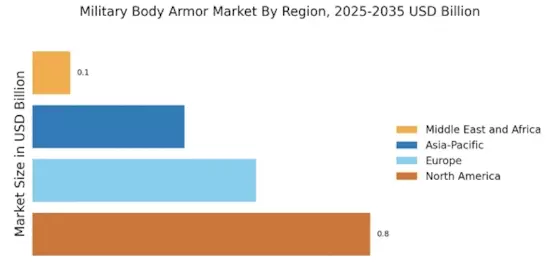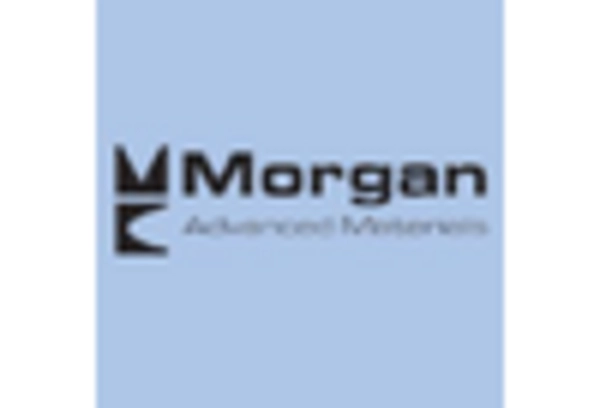Leading market players are investing heavily in research and development to expand their product lines, which will help the Military Body Armor Market grow even more. Market participants are also undertaking various strategic activities to expand their footprint, with important market developments including new product launches, contractual agreements, mergers and acquisitions, higher investments, and collaboration with other organizations. The military body armor industry must offer cost-effective items to expand and survive in a more competitive and rising market climate.
Manufacturing locally to minimize operational costs is one of the key business tactics manufacturers use in the Military Body Armor industry to benefit clients and increase the market sector. In recent years, the Military Body Armor industry has offered some of the most significant advantages to the military. Major players in the Military Body Armor Market, including Elmon (Greece), Honeywell (US), BAE Systems (UK), Coorstek Inc. (US), Du Pont (US), Point Blank Enterprises Inc (US), and others, are attempting to increase market demand by investing in research and development operations.
DuPont de Nemours, Inc., commonly shortened to DuPont, is an American multinational chemical company first formed in 1802 by a French American chemist and industrialist. The company played a major role in the development of Delaware and first arose as a major supplier of gunpowder. DuPont’s expertise spans high-performance fibers and foams, aramid papers, non-woven structures, water purification technologies, and protective garments. DuPont de Nemours Inc. recently acquired Core Matrix Technology, a Tex Tech Industries Inc. subsidiary specializing in bullet fragmentation and ballistic performance solutions for the military. Additionally, they also help reduce back trauma disorders.
This acquisition aligns with expanding the firm's presence towards an expanded portfolio.
MKU manufactures optronics devices like night vision binoculars and monocular as personal and platform armor solutions. MKU has centers of research & development in India and Germany that develop ballistic protection technologies for the company. Additionally, it has its own In house Ballistic testing laboratory in Germany, which can conduct ballistic testing up to STANG Level IV, including various other prevalent testing standards, ly. It recently launched a new technology called the 6th generation ballistic protection technology called "GEN-6," offering a substantial reduction in the weight and thickness of personal body armor by 40% and 30%, respectively.
The Government of India has recently contracted the company to manufacture and supply 1.59 lakh ballistic helmets to the Indian Army. India advertised fresh "Veer" helmets for the Indian Army's soldiers. Defense drafted these helmets and Homeland Security Company MKU, which are consonant with the modular accessory connector system employed for multi-accessory installation.


















Leave a Comment